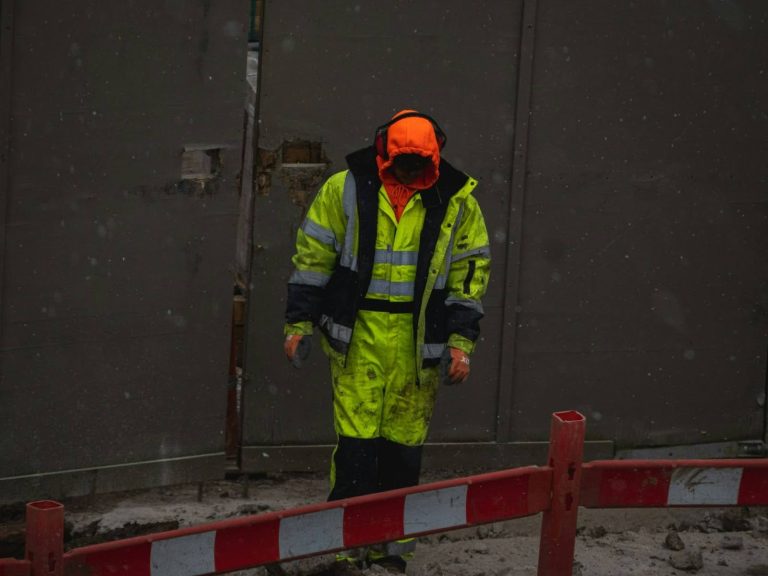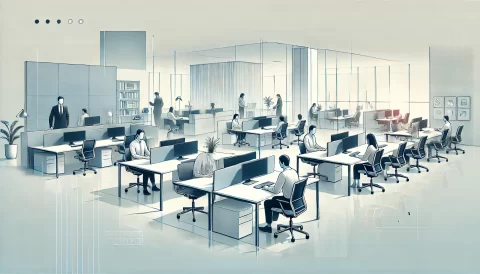High-visibility (high-vis) apparel is an important factor in maintaining safety and operational effectiveness in a wide range of industries. With its vibrant fluorescent hues and reflective components, high-vis equipment is intended to make employees highly visible in any setting—particularly low-light or high-hazard environments.
First designed for use by road and rail workers during the mid-20th century, high-vis clothing is now a standard fixture in contemporary workplace safety standards. Not only do they serve to protect the workforce, but by minimizing accidents and interruptions, high-vis also raises productivity.
Why High-Vis Is Important
Greater Visibility: Fluorescent hues of neon yellow, orange, and green make wearers extremely visible in daylight hours, as well as during early morning or late afternoon.
Increased Reflectivity: Reflective patches or tape reflect light back to the source, increasing the visibility of the wearer at night when hit by headlights or flashlights.
Regulatory Compliance: Governments and safety boards (like OSHA in the US or HSE in the UK) require high-vis clothing for certain job positions, so it is both a legal and ethical requirement for employers.
Industry-Specific Applications
High-vis clothing is not a generic fit; various industries need customized visibility solutions according to specific working environments. Following are major industries where high-vis clothing is a necessity:
1. Construction
Construction areas are equipped with moving machinery, heavy machines, and uneven terrain. Employees tend to walk through congested sites where visibility is hampered by dust, rain, or inadequate lighting.
Typical Equipment: High-vis vests, jackets, pants, and hard hats.
Key Benefits: Guards against accidents involving vehicles and cranes; renders workers highly visible to operators and spotters.
2. Road and Rail Maintenance
Be it on the highway or rail track, workers are under threat of getting struck by moving trains or high-speed vehicles.
Typical Gear: Class 2 or 3 reflective jacket and overalls.
3. Emergency Services
Key Benefits: Provides distant visibility, including through fog, rain, and at night.
Police officers, firefighters, paramedics, and emergency response units frequently work under stressful, dynamic conditions.
Typical Equipment: Flame-resistant high-vis vests, tactical vests with reflective striping.
Critical Advantages: Makes emergency responders stand out from civilians; provides increased protection during nighttime activities or low-visibility environments.
4. Warehousing and Logistics
Forklifts, pallet jacks, and human traffic cross paths routinely in warehouses and distribution facilities.
Typical Equipment: Lightweight high-vis shirts or vests.
Critical Advantages: Minimizes the risk of pedestrian-forklift collisions within buildings.
Innovations, Challenges, and Future Outlook
Recent Innovations
High-vis clothing has come a long way from basic reflective vests. Innovations are:
Smart High-Vis Gear: Fitted with GPS trackers, heart-rate monitors, or impact sensors.
Weather-Adaptive Materials: Fabrics that are more reflective in wet or low-light conditions.
Eco-Friendly Options: Sustainable materials that ensure compliance without environmental expense.
Challenges to Adoption
Despite its significance, a number of barriers exist:
Cost Concerns: Small businesses at times refrain from investing in quality high-vis gear.
Worker Compliance: In heat conditions, part of the workforce prefers to shed bulky equipment, which compromises safety.
Counterfeit Products: Shoddy copies lack safety features, putting workers’ lives at risk.
Future Outlook
With workplace safety remaining a worldwide priority, the market for premium, multirule high-vis wear will continue to expand. As climate resilience and technological integration gain prominence, future apparel will probably integrate visibility with wearable technology to maximize protection and information.
High-vis apparel isn’t just an expense—it’s a lifesaver, a compliance measure, and a functional benefit. By learning about its function in various industries and investing in reliable solutions, employers can dramatically minimize risks, boost employee morale, and help foster a safety culture. As technology improves and standards increase, high-vis apparel will continue to be a vital component in the collective effort to ensure workers are protected and visible.
Real-World Case Studies and Safety Impacts
Case Study 1: Urban Roadworks – London, UK
In 2022, the Transport for London (TfL) performed a safety inspection of urban roadwork staff. The research discovered a 34% decrease in near-miss accidents when high-vis equipment was improved from simple vests to full-body reflective equipment with LED upgrades.
Challenge: Congested city traffic with poor visibility during early morning and evening shifts.
Solution: Implementing intelligent high-vis jackets with embedded flashing LED panels.
Outcome: A significant reduction in both accidents and employee stress.
Case Study 2: Forestry Operations – British Columbia, Canada
Forestry workers have distinctive visibility issues: distant locations, camouflage-like environments, and variable weather. One logging firm substituted old orange vests with two-color high-vis jackets in both fluorescent yellow and blaze orange.
Outcome: Improved visibility against green vegetation and snowy backgrounds, resulting in a 45% reduction in “lost visual contact” incidents during missions.
Psychological and Cultural Advantages of High-Vis Apparel
High-vis equipment isn’t merely exterior visibility—it has a part in psychological safety, corporate culture, and team functioning.
1. Worker Confidence
If workers feel secure and seen, their confidence boosts. This leads to:
Improved concentration and decision-making
Reduced levels of workplace tension
Increased satisfaction and retention rates
2. Team Coordination
In high-risk settings such as emergency areas or large-scale construction sites, recognizing roles and teams in a hurry can save lives and time.
Color-coded high-vis apparel can indicate roles (e.g., supervisors, first aid personnel, contractors).
Improves group cohesion and communication clarity.
3. Brand and Professionalism
For industries facing the public (e.g., transport, logistics, security), high-vis apparel serves as professional uniforming—conveying organization, readiness, and compliance.
Regulatory Landscape and Best Practices
Global Safety Standards Overview
Various regions have established certain standards for high-visibility clothing. Familiarity with those is important for cross-border operations and global compliance:
| Region | Standard Code | Key Features |
| USA | ANSI/ISEA 107 | Splits clothing into performance classes |
| EU | EN ISO 20471 | Emphasis on visibility under different lighting |
| Australia/NZ | AS/NZS 4602.1 | Specific to road and mining industries |
| Canada | CSA Z96 | Precise requirements for striping patterns |
Tip: Always purchase high-vis equipment that’s certified and marked in accordance with applicable standards.
Best Practices for Employers and Safety Officers
In order to get the most out of high-vis gear, organizations should implement a holistic safety approach:
✅ Consider Job Roles Scrupulously
Various jobs have varying visibility requirements—tailor equipment accordingly.
✅ Invest in Quality Rather Than Compliance
Long-lasting, breathable, well-fitting gear leads to constant wear and optimal performance.
✅ Educate Staff on Effective Use
Instruction on when and how to don high-vis apparel increases compliance and safety.
✅ Inspect and Replace Damaged Gear Routinely
Worn or weathered reflective tape can reduce visibility. Establish a routine replacement system.
Final Thoughts
High-visibility clothing is not about blazing colors and reflector stripes—it’s about embracing care, safety culture, and proactive risk control. Where a single error could lead to harm or death, being visible means being safe.
As industries transform, the demand for high-vis gear will increase—not just in purpose but in how it enhances smarter, safer, and more human workplaces. The investment in visibility today is a step closer to a more secure and efficient future for every industry.







